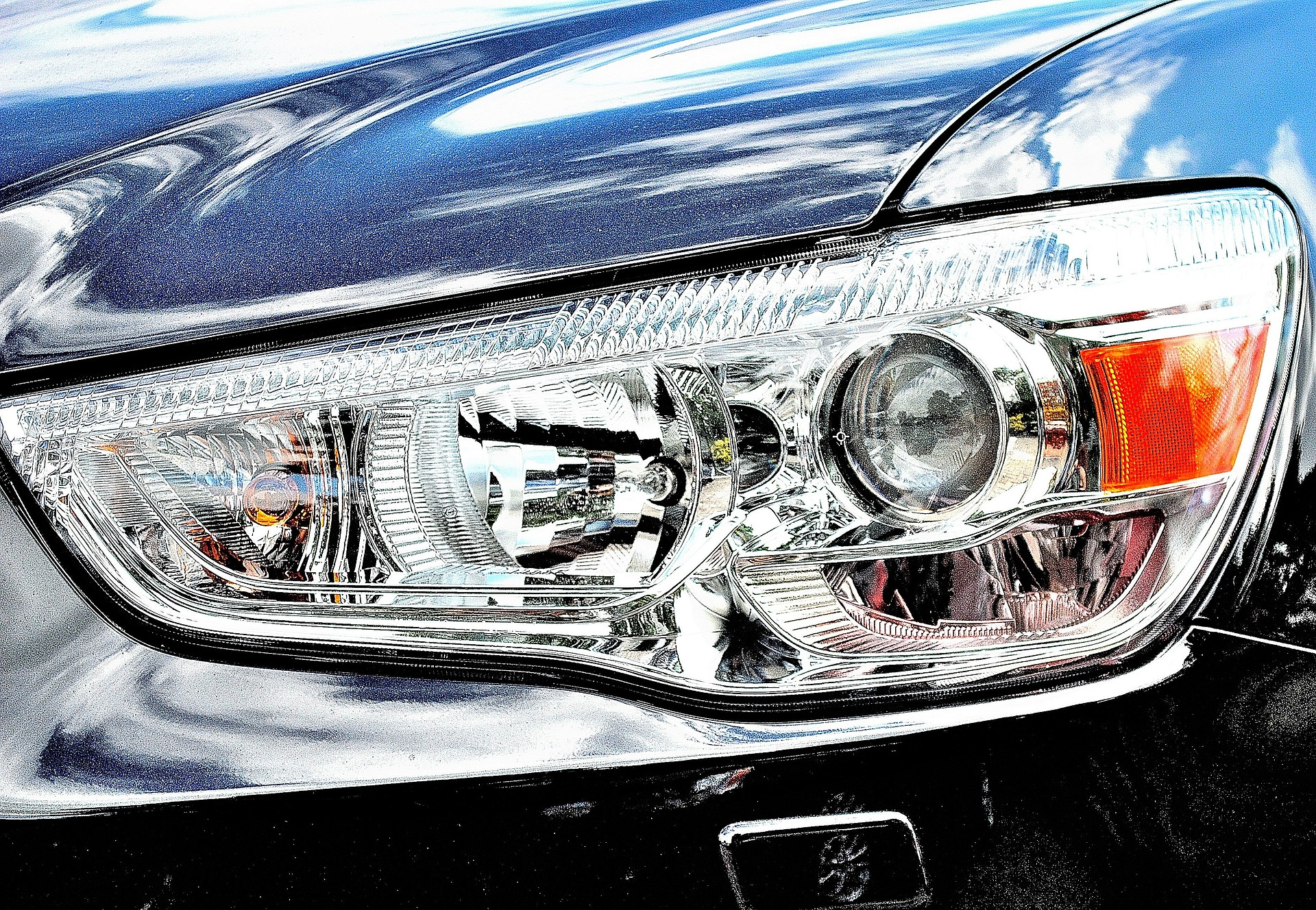Driverless Vehicle Technology: What Does the Future Hold?
The Past
Driverless vehicles have only begun to dominate automotive industry headlines in more recent years but the concept can be traced all the way back to 1478 when a self-propelled waggon was designed by Da Vinci.
The 1990s saw a surge in driverless vehicle development attempts. The most recent significant breakthrough came in 2009 when a computer-controlled Audi TTS was let loose around the Bonneville Salt Flats in America. The German company maintained its pioneering efforts as a leader in the field and in 2014, Bobby the driverless RS7 hurtled around Germany’s Hockenheimring at over 150mph.
The Future
Nowadays, almost all car manufacturers are in on the act, along with a whole host of technology companies, the most well-known being Google and Apple. Several American states including Nevada have licensed autonomous vehicles from Google, Tesla and increasing numbers of other brands to be tested on their public roads. Marques including Nissan, Honda, Volvo and Mercedes are marching ahead with their technologies, too.
Although industry leaders such as Tesla’s Elon Musk are hoping driverless cars owned by actual customers will be trundling along real roads within a few years, the reality is that it could be a decade or more before autonomous vehicles are an everyday sight.
Whether anyone will actually own vehicles privately by that point is another debate, as ‘on demand’ fleets of cars that can be ‘summoned’ may then dominate.
The Pros and Cons
Humans are largely blamed by Google for the collisions its vehicles have been involved in, but humans still have the upper hand when it comes to making moral decisions. Computers, programmed to be overly cautious, have failed to cope with assessing the safety risk posed by distant joggers. They certainly wouldn’t be intelligent enough to weigh up black ice versus water, or pass through a traffic light just changing to red in the name of safety if another car is very close behind.
Self-driving vehicles would undoubtedly result in a huge reduction in accident numbers. For the time being, mixing driverless cars and trucks with human-driven ones is a recipe for disaster, so we may start seeing autonomous vehicle lanes introduced in certain areas, alongside cycle and bus lanes.
Tesla’s software updates already allow their cars to run on AutoPilot. The technology is definitely here, with only legislation, cost and public appetite holding it back.
There’s also the small snag of humans enjoying driving, cars viewed by many as an expression of their personalities and the open road a source of enjoyment. Perhaps the future will therefore see people owning, leasing or summoning autonomous cars for certain journeys like the daily commute or a ride home from the pub, then conventional or switchable cars for weekend leisure.
For now, so many questions and issues still need to be resolved, from changes in the Highway Code to the insurance industry. Legislation will be a mountain to overhaul and software and technology will need to become clever enough to cope with drivers sneaking into gaps. Then there are the issues of how to deal with autonomous vehicles if they break down and how to make such vehicles affordable to the masses.
Eventually, cars driven by humans probably will be phased out in a sci-fi kind of world, but in reality, it’s a while off yet.


